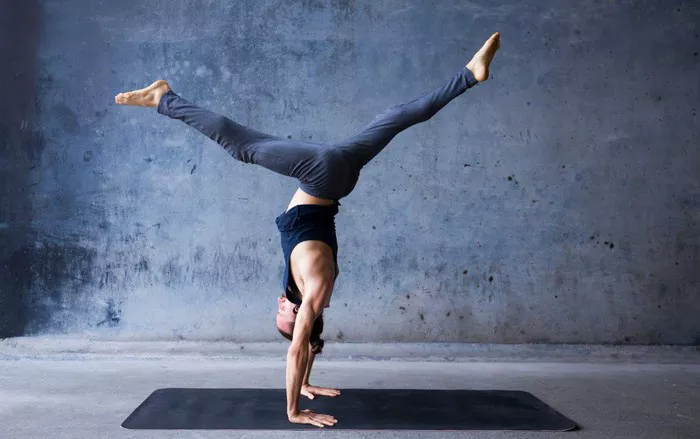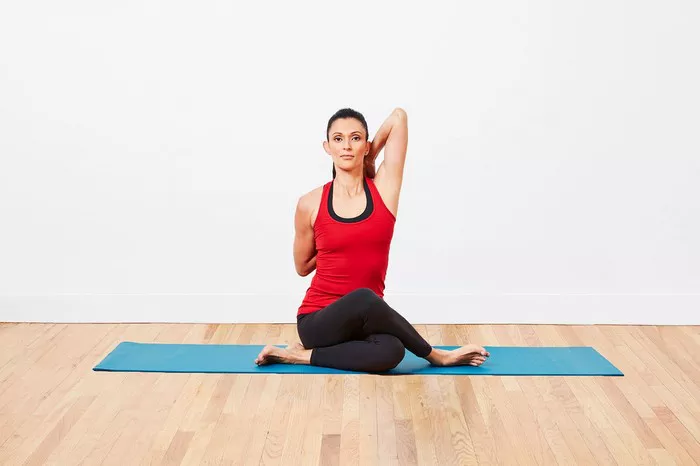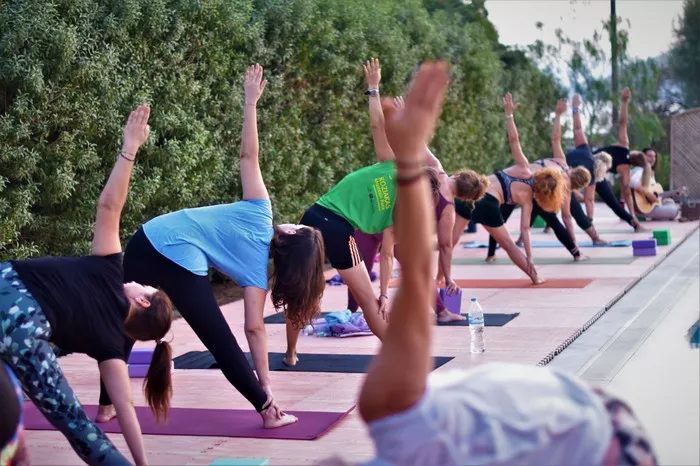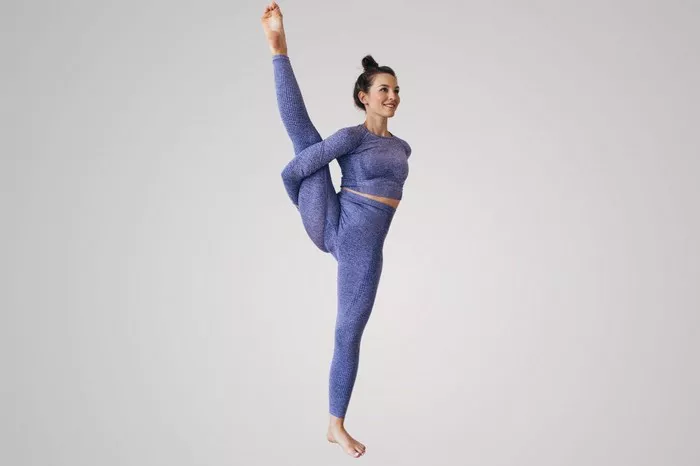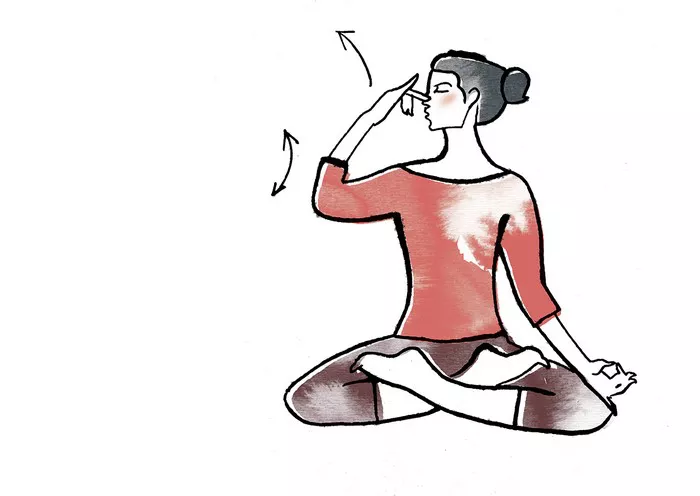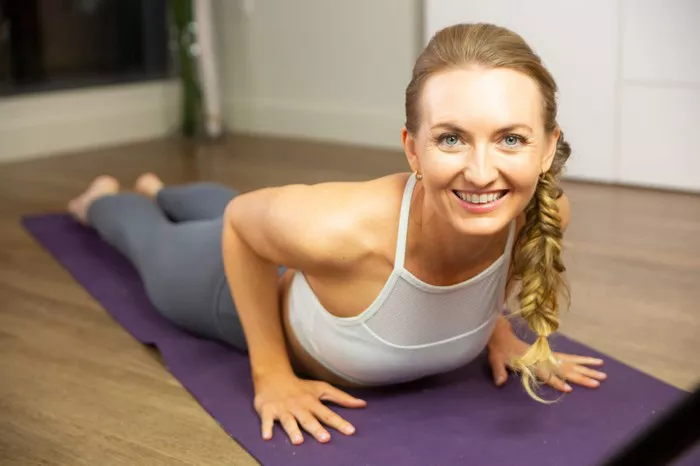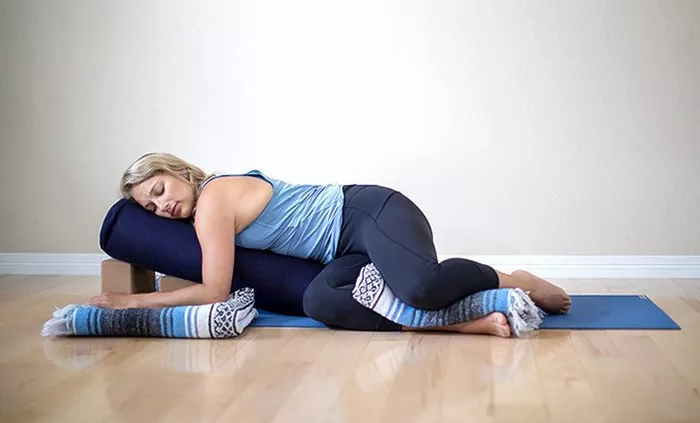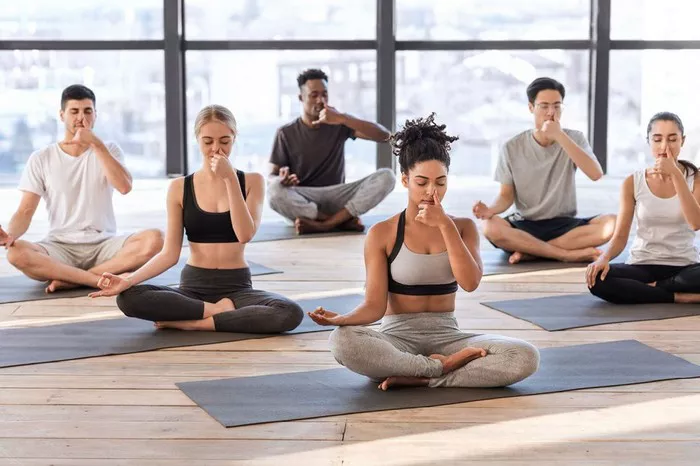Naukasana, commonly known as the Boat Pose, is a powerful yoga posture known for strengthening the core, improving balance, and enhancing overall body control. It resembles a boat floating on water when performed correctly, with the body balancing on the sit bones, legs and torso forming a V-shape. Practiced regularly, Naukasana can improve digestion, tone abdominal muscles, and boost concentration. However, despite its numerous benefits, this pose may not be suitable for everyone.
Yoga, while generally safe and beneficial, requires mindfulness and awareness of individual limitations. Not every pose is appropriate for all practitioners. Certain health conditions, physical limitations, and even lifestyle factors can make some postures unsuitable. This article discusses who should avoid performing Naukasana, offering insights into contraindications and precautions.
1. Individuals With Recent Abdominal Surgery
One of the primary groups who should avoid Naukasana are those recovering from recent abdominal surgeries. This includes surgeries involving the intestines, stomach, gallbladder, appendix, or hernia repair. The intense abdominal engagement required for Naukasana can place undue pressure on healing tissues.
Why It’s Risky:
- Post-surgical tissues are delicate and vulnerable to strain.
- Risk of reopening surgical wounds or internal bleeding.
- Delayed healing or development of post-operative complications.
Anyone in recovery from abdominal procedures should consult their healthcare provider before resuming physical activities, especially yoga. Rehabilitation should always prioritize healing over performance.
2. Pregnant Women
Pregnancy brings about profound physiological and hormonal changes, including an expanding abdomen and a shift in the body’s center of gravity. Naukasana requires sustained abdominal tension and balance, which can be problematic during pregnancy.
Potential Risks Include:
- Excessive pressure on the abdomen and fetus.
- Increased risk of falls due to imbalance.
- Interference with blood circulation in the pelvic region.
Safer Alternatives:
- Gentle prenatal yoga routines.
- Breathing exercises like Anulom Vilom.
- Modified postures under the guidance of a certified prenatal yoga instructor.
It is essential for pregnant women to prioritize practices that support both maternal and fetal well-being, rather than engaging in strenuous poses.
3. People With Heart Conditions
Heart patients must exercise caution when performing physically demanding yoga poses. Naukasana, although appearing static, is quite strenuous due to the muscular effort required to hold the position. This can elevate heart rate and blood pressure.
Why It May Be Unsafe:
- Increased strain on the cardiovascular system.
- Potential to trigger arrhythmias or angina in vulnerable individuals.
- Overexertion leading to fatigue or dizziness.
Anyone with diagnosed heart conditions should only engage in yoga under medical supervision. Less intense practices such as meditation or restorative yoga can offer benefits without the risk of cardiac stress.
4. Individuals With Spinal Disorders
Naukasana demands a stable spine and strong core to maintain the V-shape without injury. People suffering from spinal problems like herniated discs, chronic back pain, or scoliosis may find this posture aggravating.
Common Issues:
- Compression of the lower vertebrae.
- Aggravation of pre-existing spinal misalignments.
- Inability to maintain proper posture, leading to poor form and risk of injury.
It is advisable for those with spinal concerns to focus on postures that support spinal elongation and gentle mobility. Consulting a physiotherapist or yoga therapist can provide individualized modifications.
5. Those With Hernias
A hernia occurs when an internal organ pushes through a weak spot in the surrounding muscle or tissue. The intense abdominal contraction involved in Naukasana can exacerbate hernias, increasing the risk of complications.
Potential Dangers:
- Worsening of the hernia.
- Pain and discomfort during or after practice.
- Need for surgical correction if aggravated.
People with any type of hernia—inguinal, umbilical, or hiatal—should avoid Naukasana unless cleared by a healthcare provider. Gentle core engagement through supervised rehabilitation exercises may be more appropriate.
6. Individuals With Severe Neck Pain or Cervical Issues
Although Naukasana primarily targets the core, improper alignment can inadvertently strain the neck, especially when practitioners attempt to lift the head without engaging the correct muscles.
Associated Risks:
- Exacerbation of cervical spondylosis.
- Neck stiffness or spasms.
- Misalignment leading to nerve compression.
People with neck issues should avoid lifting the head excessively or holding tension in the neck during yoga. Using props or opting for restorative poses can help maintain practice without aggravating symptoms.
7. People With Weak Core Muscles
Core strength is essential to perform Naukasana correctly. Beginners or individuals with weak abdominal muscles might struggle to hold the pose, leading to compensation by other muscle groups and poor posture.
Challenges Faced:
- Inability to lift and hold the legs and torso.
- Risk of lower back strain.
- Frustration and demotivation due to lack of progress.
Suggested Approach:
- Begin with preparatory poses like Ardha Navasana (Half Boat Pose).
- Engage in core-strengthening routines before attempting full Naukasana.
- Seek guidance from a qualified instructor for proper technique.
8. Individuals With Insomnia or Severe Anxiety
While yoga can benefit mental health, certain poses like Naukasana, which activate the sympathetic nervous system, might not be ideal for individuals suffering from insomnia or high anxiety levels.
Negative Impacts:
- Stimulation of the nervous system can interfere with sleep.
- Increased heart rate may mimic symptoms of anxiety.
- Mental discomfort or restlessness during practice.
For mental health management, calming poses such as Child’s Pose (Balasana), Legs-Up-the-Wall (Viparita Karani), and deep breathing techniques are generally more beneficial.
9. Elderly Individuals Without Prior Yoga Experience
Older adults often face age-related issues such as reduced flexibility, balance problems, and joint stiffness. Naukasana may pose a risk for injury, especially for those new to yoga.
Concerns:
- Difficulty in maintaining balance.
- Strain on the lower back and hip flexors.
- High likelihood of muscle cramps or falls.
Alternatives:
- Chair yoga.
- Gentle stretching with support.
- Poses that build strength gradually without demanding intense effort.
10. Children Below the Age of 10
Children, while naturally flexible, should not be encouraged to practice advanced or strength-based yoga postures until their bodies are more developed.
Reasons to Avoid:
- Risk of improper form due to underdeveloped muscle control.
- Possibility of overexertion.
- Potential negative impact on spinal development.
Yoga for children should focus on fun, movement, and mindfulness rather than demanding postures. Incorporating storytelling or games into yoga practice can make it age-appropriate and enjoyable.
General Precautions for All Practitioners
Even those without specific health concerns should approach Naukasana with care. Practicing on an empty stomach, warming up beforehand, and maintaining correct alignment are essential for safe execution.
Important Tips:
- Never force the body into the pose.
- Use yoga props like straps or blocks if needed.
- Listen to the body’s signals and avoid pushing through pain.
- Practice under the guidance of a certified yoga teacher, especially if you are a beginner.
Conclusion
While Naukasana is a beneficial yoga posture for many, it is not suitable for everyone. Recognizing personal limitations and contraindications is crucial for a safe and effective yoga practice. Whether due to medical conditions, age, or physical limitations, some individuals must avoid or modify this pose to protect their well-being. Always consult with a healthcare provider or yoga professional before attempting new poses, particularly those that place significant strain on the body. Yoga, when practiced mindfully, can be a lifelong companion in health and wellness.
Related Topics:

